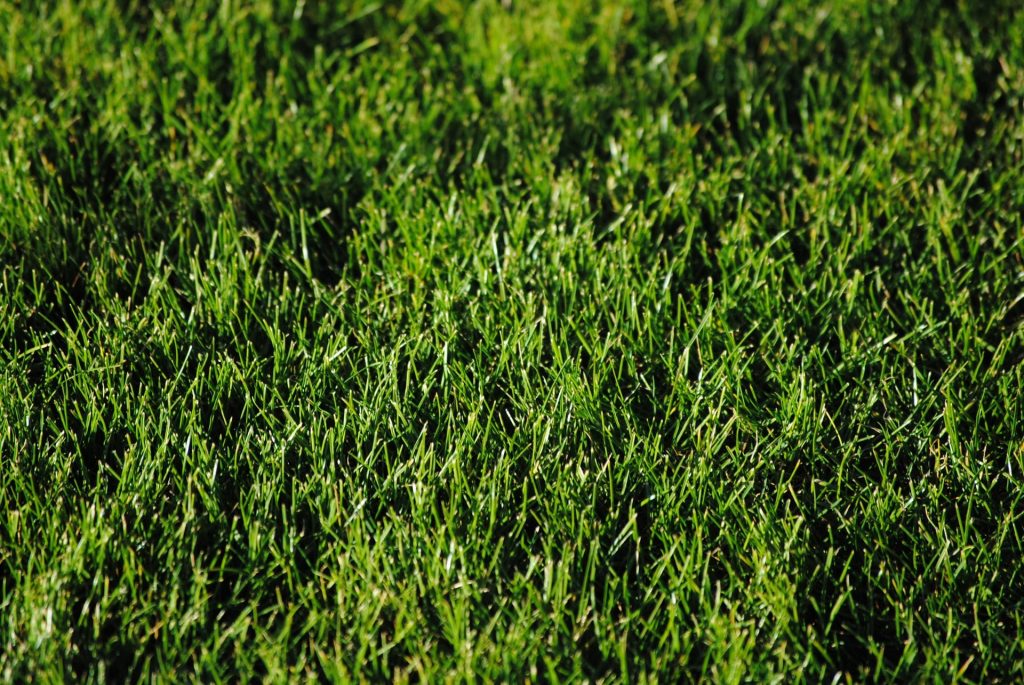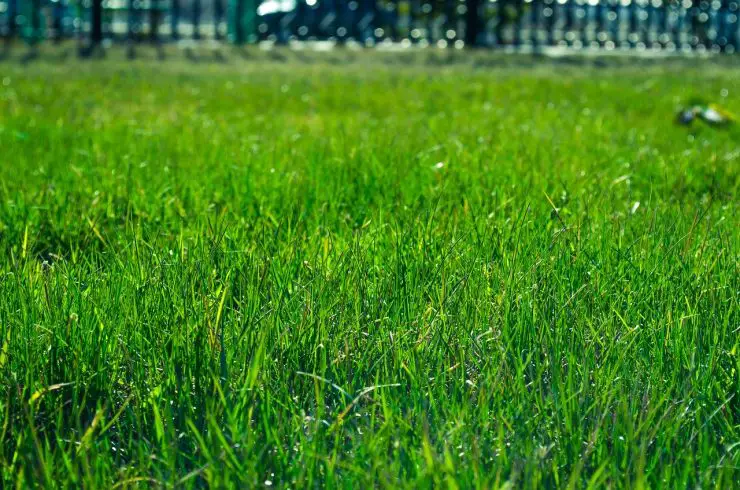Most people result to laying sod to give their lawn the beautiful and classic green look. The main reason why people prefer laying sods is that it requires less attention compared to planted grass seeds, and its advantage is that it survives all the diverse harsh weather conditions.
The primary secret to laying sod and being successful is for it to take roots and acquire as many nutrients as possible since sod has limited nutrients.
Laying sod is hard work: little wonder people are always looking for a shortcut when landscaping their yard. So, in theory, it makes sense to mow your lawn short and lay new sod right over the existing lawn.
Many people assume that the underlying lawn will die and provide some nutrients for the fresh sod, but that’s not the case. When you lay new sod, the roots must make direct contact with the soil to form a root system.

If you lay fresh sod on top of an existing un-mowed lawn, you’ve made it very difficult for your new sod’s roots to reach the soil bed. With this new development, your new lawn’s roots must work twice as hard to penetrate the old lawn’s root system before reaching its soil.
This double strains your sod and is likely to kill your new lawn over the next few weeks. Once your new sod has died on top of your previous lawn, you’ll now have to remove two sod layers to get any fresh grass to take root.
At this point, you’ll notice that the underlying layer of sod, instead of decomposing, turned into a matted slimy mess instead of composted nutrients.
Away from the jargon now… Here’s how to lay sod over existing lawns.
How To Lay Sod Over Existing Lawn

To lay a perfect sod, here are some essential guidelines on how to lay sods over an existing lawn
- Lay a sod at one end of your lawn and start to unroll it from the other side. Start a new roll immediately where the roll finished. Worry less about the little spaces between the rolls.
- After laying sods, try not to walk over the just laid sod.
- Cut the edges of the excess sod immediately with a lawn edger.
- Cut out sod placed over irrigation heads or any other obstruction on your lawn using a utility knife.
- Ensure you fill-up the lawn roller halfway with water and roll it on the new sod to kill little air space between the sod and the ground.
- To ensure you don’t miss a spot uncovered, take the row-by-row approach when rolling over the sod.
- Be sure to water your sod frequently to a depth of 7 inches for at least six weeks to promote healthy roots growth with perfect color.
It’s not as straightforward as I’ve outlined, but it’s moderately easy to do.
- Best Grow Bags For Lettuce: 6 Things To Consider Before Buying! - January 23, 2023
- Can A Snowblower Remove Ice: Best Ice Breaking Technique Revealed! - December 30, 2022
- What Is The Best Gas For A Snowblower? - January 12, 2022


Add comment